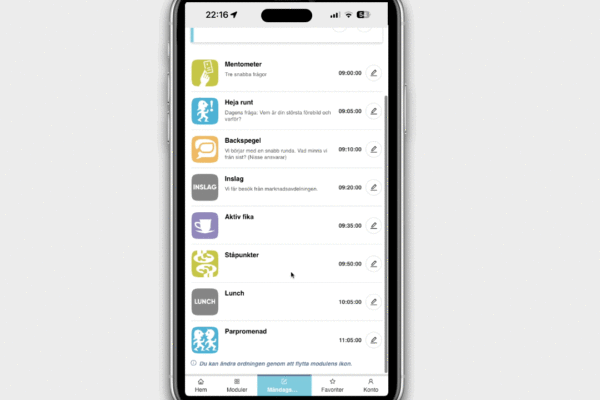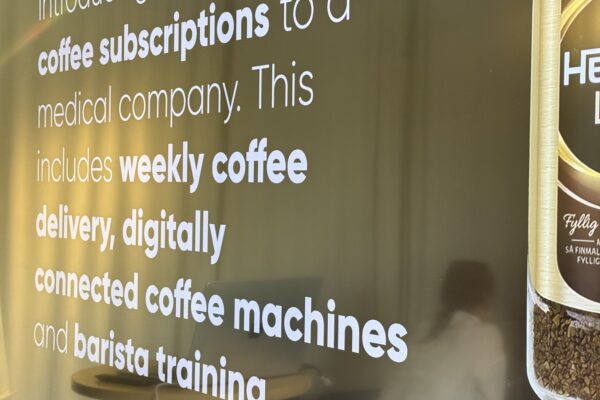
Plan your meeting with MeetingPlanner
A new updated version of our app that helps you design your meeting is now available. This version can be used on all platforms! Register your free account at…

A common reason why meetings go wrong is that we have different perceptions of what is expected of us as participants. If some people have prepared themselves to the hilt, while others believe that attendance is enough, it is easy to have a clash. When we know how formal the meeting is supposed to be, it becomes easier both to prepare and to participate. The concept of the level of formality fulfils the same function as a dress code, and a lot can be gained if it is made clear to the participants before the meeting. It is particularly easy to misunderstand the level of formality when the participants in the meeting have different cultural backgrounds. It is also in these contexts that it is particularly important to clearly communicate the level of formality to all participants. Read more about the Chadberg scale, which you can use to clarify how formal a meeting is, in our recently published Möteskokboken 3 by Erik Mattsson and Pia Moberg. There you can also read about how you can then think about meeting rules.

A new updated version of our app that helps you design your meeting is now available. This version can be used on all platforms! Register your free account at…

Philips sells light, not lamps. SKF sells rotation, not ball bearings. Rolls-Royce sells power per hour, not aircraft engines. It is becoming increasingly common, and there are good reasons, for…

Mirror means mentioning what you think you see, without judging, to show that you want to try to understand. This is a simple way to start a conversation. In safe…